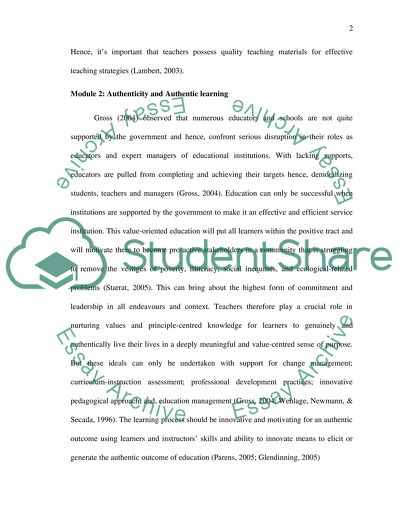Cite this document
(“Learning Theories and Emergent Theories of Learning Essay”, n.d.)
Learning Theories and Emergent Theories of Learning Essay. Retrieved from https://studentshare.org/education/1459208-learning-theories-and-emergent-theories-of-learning
Learning Theories and Emergent Theories of Learning Essay. Retrieved from https://studentshare.org/education/1459208-learning-theories-and-emergent-theories-of-learning
(Learning Theories and Emergent Theories of Learning Essay)
Learning Theories and Emergent Theories of Learning Essay. https://studentshare.org/education/1459208-learning-theories-and-emergent-theories-of-learning.
Learning Theories and Emergent Theories of Learning Essay. https://studentshare.org/education/1459208-learning-theories-and-emergent-theories-of-learning.
“Learning Theories and Emergent Theories of Learning Essay”, n.d. https://studentshare.org/education/1459208-learning-theories-and-emergent-theories-of-learning.


